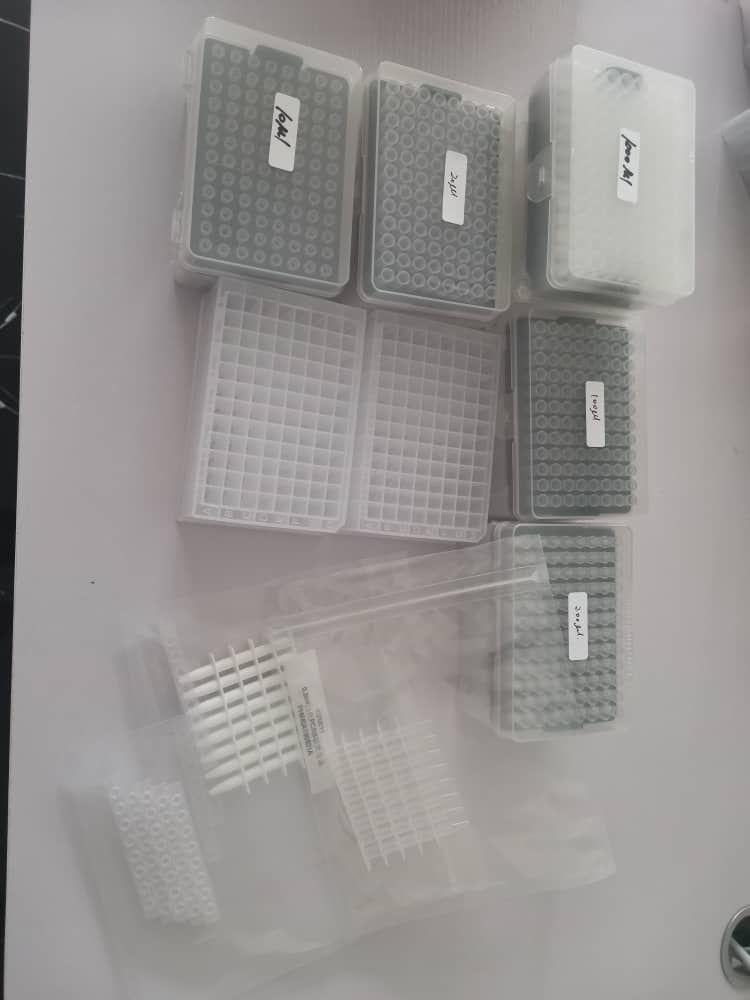Giant panda (Ailuropoda melanoleuca) is an endangered mammalian species. Exploring immune and metabolic changes that happen in giant pandas with age is vital for his or her safety. In this examine, we systematically investigated the physiological and biochemical indicators in blood, in addition to the transcriptome, and methylation profiles of younger, grownup, and outdated giant pandas. The white blood cell (WBC), neutrophil (NEU) counts and hemoglobin (HGB) concentrations elevated considerably with age (younger to grownup), and some indicators associated to blood glucose and lipids additionally modified considerably with age. In the transcriptome analysis, differentially expressed genes (DEGs) had been discovered in comparisons of the younger and grownup (257), grownup and outdated (20), younger and outdated (744) teams.
Separation of the DEGs into eight profiles in keeping with the expression pattern utilizing quick time-series expression miner (STEM) software program revealed that the majority DEGs had been downregulated with age. Functional analysis confirmed that the majority DEGs had been related with illness and that these DEGs had been additionally related with the immune system and metabolism. Furthermore, gene methylation in giant pandas decreased globally with age, and the expression of CCNE1, CD79A, IL1R1, and TCF7 confirmed a extremely destructive correlation with their diploma of methylation. These outcomes point out that the giant panda’s immune operate improves steadily with age (younger to grownup), and that changes in the methylation profile are concerned in the consequences of age on immune and metabolic features. These outcomes have vital implications for the understanding and conservation of giant pandas.
CRISPR-mediated modification of DNA methylation sample in the brand new period of most cancers remedy
In the final 2 a long time, all kinds of research have been carried out on epigenetics and its position in numerous cancers. A serious mechanism of epigenetic regulation is DNA methylation, together with aberrant DNA methylation variations similar to hypermethylation and hypomethylation in the promoters of essential genes, that are generally detected in tumors and mark the early phases of most cancers growth. Therefore, epigenetic remedy has been of particular significance in the final decade for most cancers remedy. In epigenetic remedy, all efforts are made to modulate gene expression to the traditional standing.
Importantly, current research have proven that epigenetic remedy is specializing in the brand new gene enhancing know-how, CRISPR-Cas9. This software was discovered to have the ability to successfully modulate gene expression and alter virtually any sequence in the genome of cells, ensuing in occasions similar to a change in acetylation, methylation, or histone modifications. Of notice, the CRISPR-Cas9 system can be utilized for the remedy of cancers brought about by epigenetic alterations. The CRISPR-Cas9 system has larger benefits than different accessible strategies, together with potent exercise, simple design and excessive velocity in addition to the power to focus on any DNA or RNA website. In this evaluate, we described epigenetic modulators, which can be utilized in the CRISPR-Cas9 system, in addition to their features in gene expression alterations that result in most cancers initiation and development.
In addition, we surveyed numerous species of CRISPR-dead Cas9 (dCas9) techniques, a mutant model of Cas9 with no endonuclease exercise. Such techniques are relevant in epigenetic remedy for gene expression modulation via chemical group enhancing on nucleosomes and chromatin transforming, which lastly return the cell to the traditional standing and stop most cancers development.

DNA Methylation-Based Panel Predicts Survival of Patients With Clear Cell Renal Cell Carcinoma and Its Correlations With Genomic Metrics and Tumor Immune Cell Infiltration
DNA methylation based mostly prognostic issue for sufferers with clear cell renal cell carcinoma (ccRCC) stays unclear. In the current examine, we recognized survival-related DNA methylation websites based mostly on the differentially methylated DNA CpG websites between regular renal tissue and ccRCC. Then, these survival-related DNA methylation websites had been included into an elastic internet regularized Cox proportional hazards regression (CoxPH) mannequin to construct a DNA methylation-based panel, which might stratify sufferers into totally different survival teams with glorious accuracies in the coaching set and check set.
[Linking template=”default” type=”products” search=”DNA methylation inhibitor” header=”4″ limit=”146″ start=”2″ showCatalogNumber=”true” showSize=”true” showSupplier=”true” showPrice=”true” showDescription=”true” showAdditionalInformation=”true” showImage=”true” showSchemaMarkup=”true” imageWidth=”” imageHeight=””]
External validation urged that the DNA methylation-based panel might successfully distinguish regular controls from tumor samples and classify sufferers into metastasis group and non-metastasis group. The nomogram containing DNA methylation-based panel was dependable in scientific settings. Higher complete mutation quantity, SCNA stage, and MATH rating had been related with increased methylation threat. The innate immune, ratio between CD8+T cell versus Treg cell in addition to Th17 cell versus Th2 cell had been considerably decreased in excessive methylation threat group. In inclusion, we developed a DNA methylation-based panel which may be unbiased prognostic issue in ccRCC. Patients with increased methylation threat had been related genomic alteration and poor immune microenvironment.

